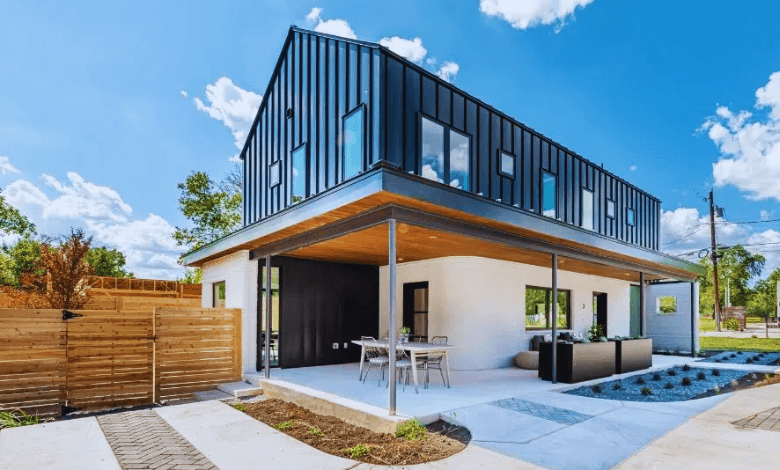Icon: Company Claims Its 3D-Printed Homes Can Better Withstand Extreme Weather

As the co-founder of Icon, Jason Ballard is on a mission to transform construction jobs. He sees 3D printing as the future of housing and believes it will not take away jobs.
The start-up uses 3D printing instead of traditional construction. Ballard believes workers of the future will use robots to spit out ribbons of concrete.
They are starting in Texas, where they are currently building the world’s first large community of 3D-printed houses. How does Icon plan to transform the construction sector?
Process Is Automated But Necessitates Human Touch
“Instead of learning to be a carpenter, they will just learn to be a robot operator,” Ballard told 60 Minutes, an American television news magazine broadcast on the CBS network.
Each of the 100 houses Icon is working on starts with a sack of dry concrete powder, which gets mixed with water, sand and additives before being pumped into the printer.
The robot completes one layer every half-an-hour and after every tenth layer, steel is put in for strength. Although the process is automated, it still necessitates human touch.
What Third-Party Labs Have To Stay About 3D-Printed Homes?
For now, the robotic printer only works on the walls, with cutouts for electricity and plumbing. Construction workers add windows, roofs and insulation the traditional way.
And, “it will be a long time coming before we are, like, actively displacing jobs with what we do,” Ballard noted, blaming an ongoing dearth of skilled labour in construction.
Nonetheless, Icon claims its 3D-printed homes will be ready to withstand the extreme weather already brought on by the climate emergency. Read on for what third-party labs have to say.
Icon’s Structures Pass Tests For Strength And Energy Efficiency
Third-party labs have analysed Icon’s concrete walls for strength, thermal performance and responses to flooding and seismic activity.
ALOS READ: ‘Wind Is Free Fuel’ – Exploring Shipping Industry’s Push To Slash Emissions
According to Ballard, these evaluations have determined that Icon’s structures are 2.5 times more energy efficient and 3.5 times stronger than the building code standard in Texas.
The co-founder said the homes are not at risk of being invaded by termites, can withstand fire for a couple of hours and have passed a 200 mile-an-hour wind certification.



